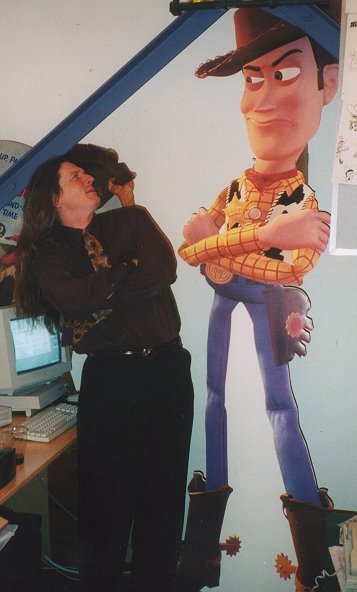 I was writing the second go-round of Toy Story 2 at Pixar. This was when they were in Point Richmond, before they moved to a much larger facility in Emeryville.
I was writing the second go-round of Toy Story 2 at Pixar. This was when they were in Point Richmond, before they moved to a much larger facility in Emeryville.
I used to wear a suit to work at Pixar. People would say, You know you can dress however you want, right? I’d say, This is how I want to dress. I think a lot of them thought I was wound a bit too tight.
I had two reasons for wearing suits. One was because everyone at Pixar dressed alike. Geek-chic hipster nerd. A CG studio is basically a cube farm, and everyone’s cube looked like everyone else’s cube: Toys and posters for animated movies. The one certain way to not look like everyone else in that environment was to wear a suit & tie. And I didn’t want to look like everyone else.
Animation studios are full of distractions. Pool tables, ping pong tables, pinball games, massive amounts of munchies. I wore a suit so that I would feel like I was at work. So that I would maintain some kind of professional demeanor and get a lot done. I’m not saying people who don’t do that are somehow not as professional as me. I’m saying that this is something I felt I had to do to crank out the amount of script I needed to. I got the movie written in three months, so it must have worked for me.
Okay, so:
One day they call everyone into the courtyard for a big announcement. Steve Jobs is there, in his jeans and turtleneck and sneakers. Pixar was a small company back then. They weren’t part of Disney. They’d made title sequences and short films.
Then they made Toy Story, and Disney had distributed it, and it had kicked box office ass. Disney was absolutely vexed. For the first time since their founding they’d been spanked in their home court, and spanked double plus good, too. Pixar was the Little Production Company that Could, and they were proud and a bit surprised.
So we’re all out there in the courtyard. It’s a bright day and I’m wearing my shades and leaning against a post. Jobs is directly opposite me, and he announces that Pixar has just signed a co-production deal with Disney that will allow Pixar to make features as they see fit, and Disney would fund and distribute them. And they would split the revenue 50-50. This was huge: Disney had never let another company produce its films, and certainly not allowed any creative control (that lasted about ten minutes, of course).
So everyone’s psyched about how wonderful this is. Me, I’m thinking this is Disney’s first step in eating and absorbing a competitor before it can own the landscape.
Jobs is very excited. He’s pacing back and forth and saying, “So we did it! We went down there and we sat down with a bunch of suits and we were just as good as them. We got what we wanted! We beat the suits!”
He pauses. Clearly he’s expecting cheers, or applause, or some reaction. He looks puzzled because there’s this sort of awkward silence. He frowns and looks around. People aren’t looking at him. They’re looking at me. The guy in the suit. With the black sunglasses.
Jobs looks at me like, What the living fuck is this guy doing here? And I’m grinning, I just can’t help it. I write novels, I’m eccentric as hell, I’m a flaky artist, I’m writing their next movie, ferchrissake – but none of that matters, because all Jobs is thinking is that I’m a suit. Just as I’m supposed to think he’s some bohemian because he wears a turtleneck.
I do a pretty good Mickey Mouse imitation. So when Jobs had been staring at me an uncomfortable few seconds and it was clear the very presence of a coat & tie had put him off his stride, I waved and did a Mickey laugh and said Golly gee! And a few people laughed and Jobs went on.
And that’s my Steve Jobs story.
I have a great many problems with Apple’s business practices. The walled garden of their ecosystem, what I consider to be an illegal restraint of trade in preventing me from playing music I buy on whatever device I want, DRM, censorship.
But it’s very easy to set that aside and remark on the astonishing impact and influence Jobs had in his 56 years. Wholly aside from the obvious computer and smartphone innovations, he changed the music industry. He changed feature animation. He played a role in the change the publishing industry is undergoing. The only two people I can think of offhand who’ve had that kind of impact in the last hundred years are Thomas Edison and Henry Ford.
It’s intriguing to think of what else Jobs might have affected had he lived another 25 or 30 years. I don’t have to like someone to respect and admire him, and even discounting the deluge of Apple fanboy eulogizing that’s already gushing forth, the truth is Steve Jobs deserves the praise he is receiving, and the place he secured for himself in history. We should be lucky enough to have a thousandth of the impact on the world that he had.

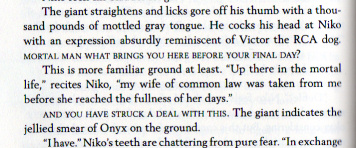
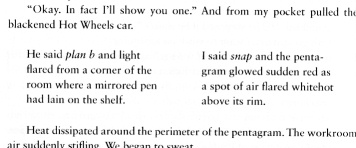
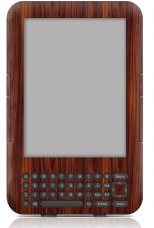 A few weeks ago I proofed the “galleys” — the old term still has to apply, I guess — for the e-book edition of Mortality Bridge. I received them in epub format from the publisher and used
A few weeks ago I proofed the “galleys” — the old term still has to apply, I guess — for the e-book edition of Mortality Bridge. I received them in epub format from the publisher and used 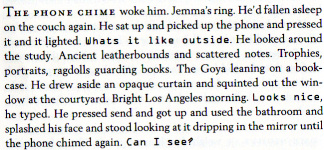
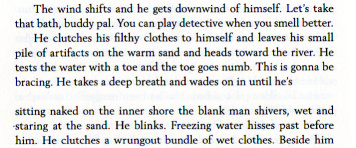
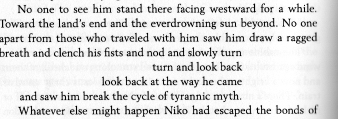



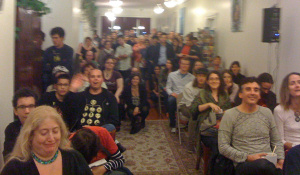
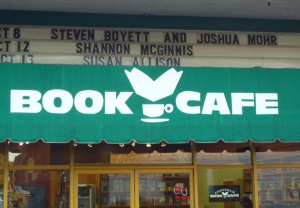 The reading and subsequent interview at Capitola Book Cafe on Saturday went very well, though there was some danger of there being more participants than attendees.
The reading and subsequent interview at Capitola Book Cafe on Saturday went very well, though there was some danger of there being more participants than attendees.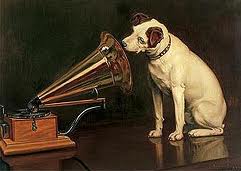 I consolidated the audio I have posted here and on my
I consolidated the audio I have posted here and on my  I was writing the second go-round of Toy Story 2 at Pixar. This was when they were in Point Richmond, before they moved to a much larger facility in Emeryville.
I was writing the second go-round of Toy Story 2 at Pixar. This was when they were in Point Richmond, before they moved to a much larger facility in Emeryville.